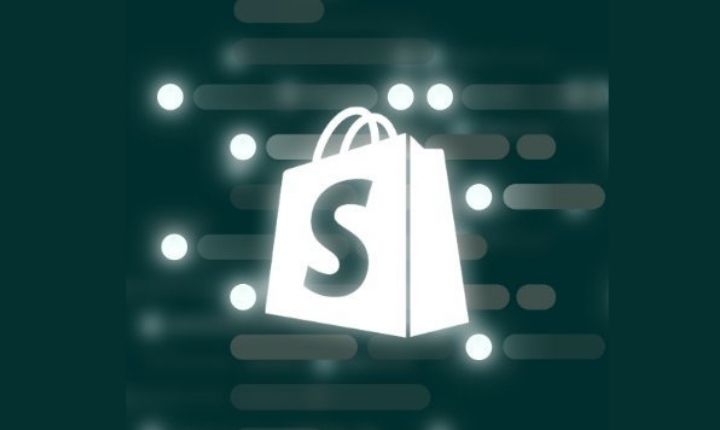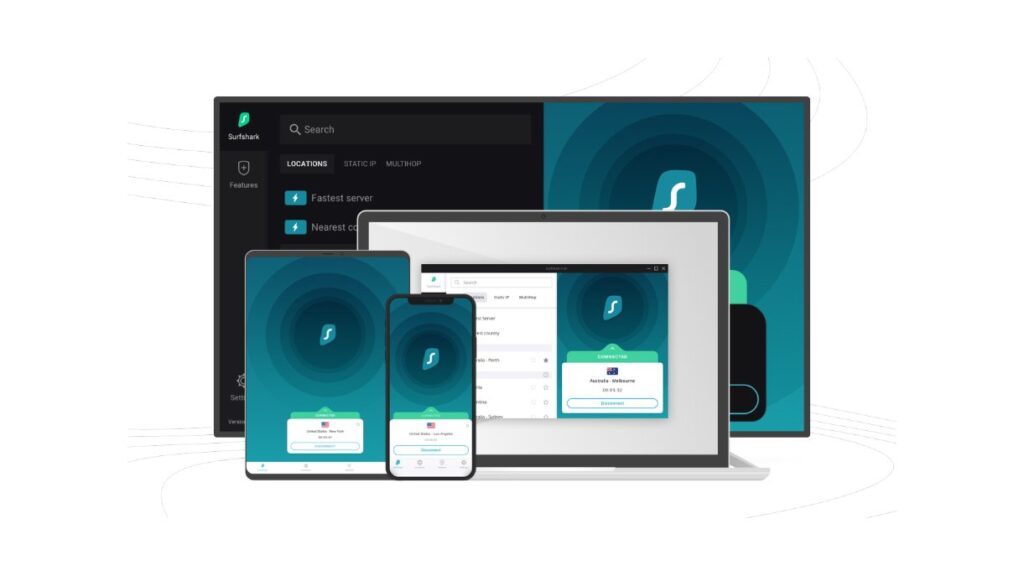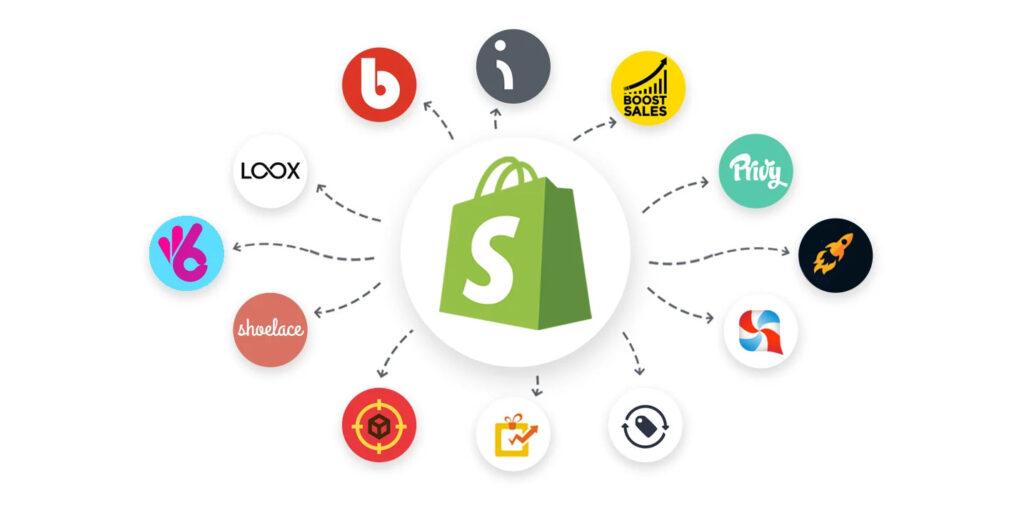Introduction to E-commerce and Shopify
E-commerce is more than just a buzzword; it’s a thriving marketplace where entrepreneurs are turning their dreams into reality. If you’ve ever thought about launching your own online store, you’re in the right place. Shopify has emerged as one of the most popular platforms for building e-commerce websites, and for good reason.
With its user-friendly interface and robust features, Shopify makes starting an online business accessible to everyone—from seasoned pros to complete beginners. Whether you want to sell handcrafted goods or digital downloads, Shopify can cater to your unique needs.
In this essential guide, we’ll walk you through everything you need to know about kickstarting your e-commerce journey with Shopify. From selecting the perfect products to setting up your store and marketing it effectively, we’ve got all the insights you’ll need to succeed in this competitive landscape. Let’s dive in!
Understanding the Benefits of Shopify for Your Online Store
Shopify stands out as a premier platform for launching your online store. Its user-friendly interface makes setup a breeze, even for beginners. You don’t need coding skills to create a stunning website.
One of its biggest advantages is scalability. Whether you’re starting small or planning to grow rapidly, Shopify accommodates all business sizes seamlessly.
Security is another critical benefit. With built-in SSL certification and PCI compliance, you can trust that transactions are safe for both you and your customers.
Additionally, the diverse range of customizable templates allows brands to express their unique identity effortlessly. This personalization creates an engaging shopping experience that keeps customers coming back.
Access to robust analytics tools helps track performance effectively. You’ll gain insights into customer behavior and sales trends without any hassle.
Shopify’s extensive app marketplace offers solutions tailored specifically for e-commerce needs—no matter what challenges arise during your journey.
Choosing the Right Products to Sell on Your Shopify Store
Selecting the right products is crucial for your Shopify store’s success. Start by identifying a niche that excites you. Passion often translates into commitment and creativity, making it easier to market your offerings.
Research current trends using tools like Google Trends or social media platforms. Look for items that are gaining popularity but aren’t overly saturated in the market.
Consider sourcing unique products from local artisans or dropshipping suppliers to differentiate yourself from competitors. This approach can help maintain lower inventory costs while offering variety.
Don’t forget about profit margins—calculate costs versus potential selling prices carefully. Aim for products with desirable markups that allow room for promotions and discounts.
Engage with potential customers through surveys or polls to gauge interest in various product ideas before launching them on your site. Their feedback could lead you to a winning collection that’ll resonate well with your target audience.
Setting Up Your Shopify Store: Step-by-Step Guide
Setting up your Shopify store is an exciting venture. Start by visiting the Shopify website and signing up for a free trial. This allows you to explore features without any commitment.
Once registered, choose a memorable name that reflects your brand. Your storefront’s identity starts here.
Next, select a plan that aligns with your budget and goals. Consider factors like Shopify pricing and available features before committing.
After that, it’s time to customize your theme. Browse through various templates in the Theme Store—choose one that complements your products and vision.
Add products by navigating to the “Products” section in your dashboard. Include detailed descriptions, high-quality images, and prices to attract customers effectively.
Set up payment gateways to facilitate transactions smoothly. Options include credit cards or PayPal—select what suits you best!
Customizing Your Store and Optimizing Its Design
Customizing your Shopify store is where the magic happens. It’s your chance to showcase your brand’s personality and make a lasting impression on visitors.
Start by selecting a theme that resonates with your target audience. Shopify offers both free and premium options, allowing flexibility based on budget. Tailor colors and fonts to align with your branding for a cohesive look.
Images play a crucial role in design. High-resolution photos of products can elevate their appeal significantly. Don’t forget about mobile optimization; ensure everything looks great across devices since many shoppers browse on smartphones.
Installing apps can enhance functionality too. Consider adding features like chat support or product reviews for improved user experience.
Keep navigation simple. A well-organized menu helps customers find what they need quickly, leading to higher conversion rates and increased sales potential.
Marketing Strategies for a Successful Shopify Store
Effective marketing is the backbone of a successful Shopify store. Start by leveraging social media platforms to showcase your products. Engaging visuals and authentic stories can captivate potential customers.
Consider influencer partnerships as well. Collaborating with influencers in your niche helps you reach wider audiences and build trust quickly.
Email marketing also plays a crucial role. Build an email list early on and send regular updates, promotions, or exclusive content to keep subscribers engaged.
Content marketing shouldn’t be overlooked either. Creating valuable blog posts related to your product can establish authority in your industry while driving organic traffic through SEO optimization.
Don’t forget about paid advertising options like Facebook Ads or Google Ads for immediate visibility. Tailoring ads based on customer behavior ensures you’re reaching the right audience at the right time.
Experimenting with different strategies will guide you towards what resonates most with your target market!
Tools and Apps to Enhance Your Shopify Experience
When running a Shopify store, the right tools can make all the difference. They streamline operations and enhance customer experience.
Consider using apps like Oberlo for dropshipping. This tool simplifies product sourcing, allowing you to focus on marketing instead of inventory management.
For email marketing, Klaviyo is a powerful choice. It integrates seamlessly with Shopify and helps you craft targeted campaigns that boost engagement.
Don’t overlook SEO! Apps like Plug in SEO can help optimize your online presence. It scans your site for improvements so you can rank better on search engines.
Another essential is Bold Upsell. This app encourages customers to purchase complementary products at checkout, increasing your average order value effortlessly.
Integrate analytics tools such as Google Analytics or Shopify’s native reports to gain insights into customer behavior and sales trends.
Managing Orders, Shipping, and Customer Service
Managing orders effectively is crucial for a thriving Shopify store. Keep track of every purchase, ensuring smooth processing from start to finish. Utilize the built-in order management system to stay organized and attentive.
Shipping can be complex, but it’s essential to get it right. Choose reliable carriers that align with your business needs. Offering various shipping options can enhance customer satisfaction by providing flexibility.
Customer service plays a pivotal role in retaining customers. Be responsive through multiple channels like email, chat, or social media. Training your team on product knowledge and policies helps build trust.
Consider using automation tools to streamline these processes. They save time and reduce human error while keeping you connected with customers throughout their shopping journey. A seamless experience encourages repeat business and positive reviews—essential components for growth in the competitive e-commerce landscape.
Scaling Your Business with Shopify: Tips
Scaling your business with Shopify can be an exciting journey filled with opportunities. First, focus on analyzing your sales data regularly. Understanding customer behavior helps you make informed decisions about marketing and inventory management.
Consider diversifying your product range as well. Expanding what you offer can attract different customer segments and increase sales potential. Use insights from analytics to identify trending products that resonate with your audience.
Leverage social media platforms for brand promotion and engagement. Platforms like Instagram and Facebook are powerful tools for showcasing new items, running ads, and connecting directly with customers.
Additionally, investing in the best Shopify apps for sales will streamline operations significantly. These tools can assist with email marketing automation, upselling techniques, or even managing SEO more effectively.
Don’t hesitate to explore partnerships or collaborations either; they can elevate your brand presence while introducing you to a broader audience base.
Ensure excellent customer service remains at the forefront of your strategy. Happy customers often translate into repeat buyers who recommend your store to others—an invaluable asset for growth.
With these strategies in hand, you’re not just building a Shopify store but nurturing a flourishing online business ready to take on new challenges ahead.




















